Hyundai Accent: IVT Control System / Transmission Control Module (TCM)
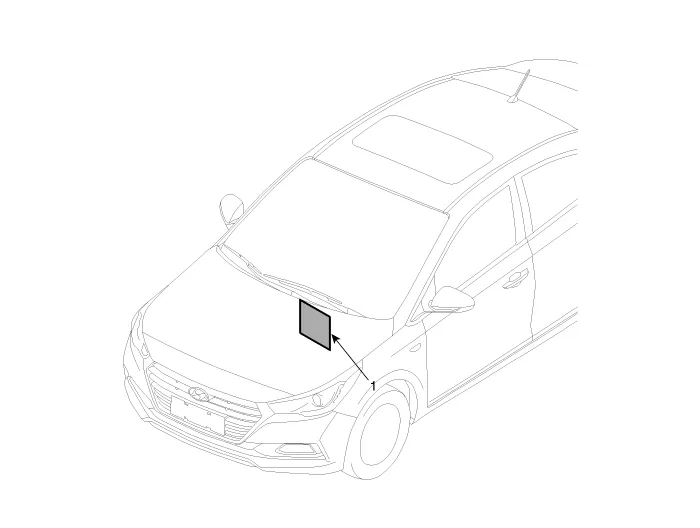
1. Transmission control module (TCM)
• Monitors the vehicle's operating conditions to determine the optimal gear setting.
• Performs a gear change if the current gear setting differs from the identified optimal gear setting.
• Determines the need for torque converter clutch activation and engages the clutch accordingly.
• Calculates the optimal line pressure level by constantly monitoring the torque level and adjusts the pressure accordingly.
• Diagnoses the faults and failures for Intelligent Variable Transmission (IVT) .
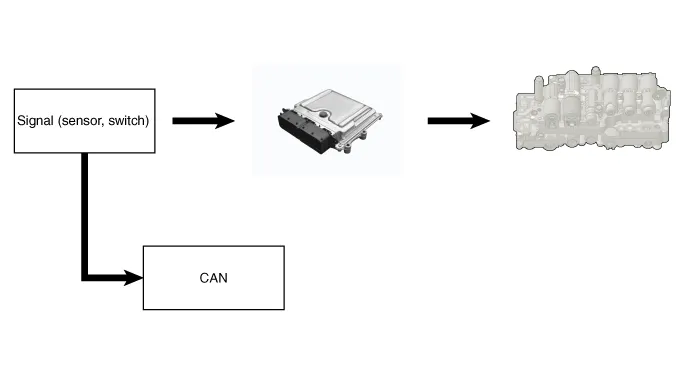
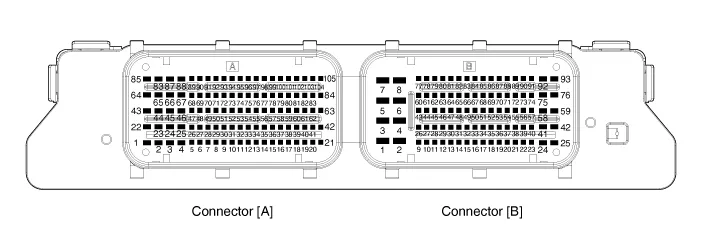
| Connector [A] | Connector [B] | ||
| Pin | Description | Pin | Description |
| A5 | Driven (Secondary) speed sensor signal | B1 | Ground |
| A6 | Turbine speed sensor signal | B2 | Ground |
| A24 | Line pressure control solenoid valve (Line_VFS) | B3 | Battery power |
| A26 | Drive (Primary) speed sensor signal | B4 | Ground |
| A27 | Oil temperature (+) | B26 | IGN. |
| A29 | Position sensor (Ground) | B45 | CAN (Low) |
| A32 | Pressures sensor (Signal) | B60 | Battery |
| A43 | Drive/reverse clutch control solenoid valve (Clutch/Brake_VFS) | B62 | CAN (High) |
| A44 | Damper clutch control solenoid valve (Damper/C_VFS) | ||
| A45 | Drive pulley control solenoid valve (Primary_VFS) | ||
| A46 | Turbine speed sensor (Power) | ||
| A47 | Position sensor (Power) | ||
| A48 | Position sensor (S1) | ||
| A49 | Oil temperature (-) | ||
| A55 | Sports mode down switch | ||
| A57 | Sports mode up switch | ||
| A65 | Driven pulley control solenoid valve (Secondary_VFS) | ||
| A68 | Pressures swnsor (Power) | ||
| A69 | Driven (Secondary) speed sensor supply (Power) | ||
| A74 | Driven (Secondary) pressures sensor signal | ||
| A76 | Drive (Primary) speed sensor supply(Power) | ||
| A85 | Solenoid valve 1 (Power) | ||
| A86 | Solenoid valve 2 (Power) | ||
| A93 | Position sensor (S2) | ||
| A98 | Sports mode select switch | ||
1.Transmisson Control Module (TCM) ground circuit test : Measure the resistance between TCM and chassis ground. (Inspect the terminal connected to the chassis ground with the back of harness connector as the inspection point of TCM side.)
Specification : Below 1Ω
2.TCM connector test : Disconnect the TCM connector and visually check the ground terminals on TCM side and harness side for bent pins or poor contact pressure.
3. If problem is not found in Steps 1 and 2, the TCM could be faulty. If so, replace the TCM with a new one, and then check the vehicle again. If the vehicle operates normally then the problem was likely with the TCM.
4.Reinspection of original TCM : Install the original TCM (probably broken) into a known-good vehicle and check the vehicle. If the problem occurs again, replace the original TCM with a new one.If the problem does not reoccur, this is an intermittent problem and other part may be faulty.
1.Perform the oil pressure characteristics backup procedure using the diagnotic tool when replacing with a new TCM.
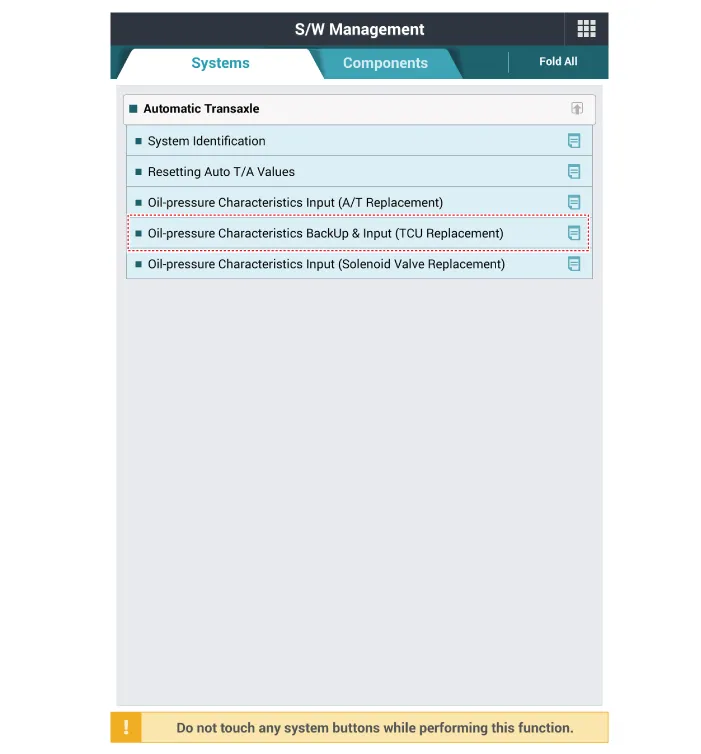
2.Remove the battery.(Refer to Body Electrical System - "Battery")
3.Disconnect the TCM connectors (A).
Tightening torque : 9.8 - 11.8 N.m (1.0 - 1.2 kgf.m, 7.2 - 8.7 lb-ft)
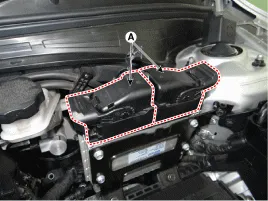
4.Remove the bolts (A) and nut (B)
5.Remove the TCM (C).
Tightening torque : 9.8 - 11.8 N.m (1.0 - 1.2 kgf.m, 7.2 - 8.7 lb-ft)
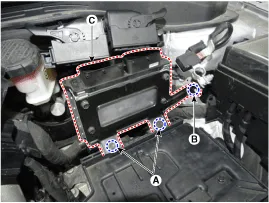
6.Loosen the mounting nuts and then removing the TCM (A) from the bracket.
Tightening torque : 9.8 - 11.8 N.m (1.0 - 1.2 kgf.m, 7.2 - 8.7 lb-ft)
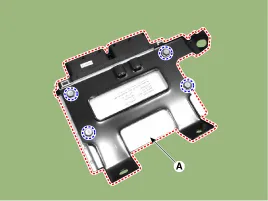
1.To install reverse the removal procedures.
2.Perform the oil pressure characteristics input procedure using the diagnotic tool when replacing with a new TCM.
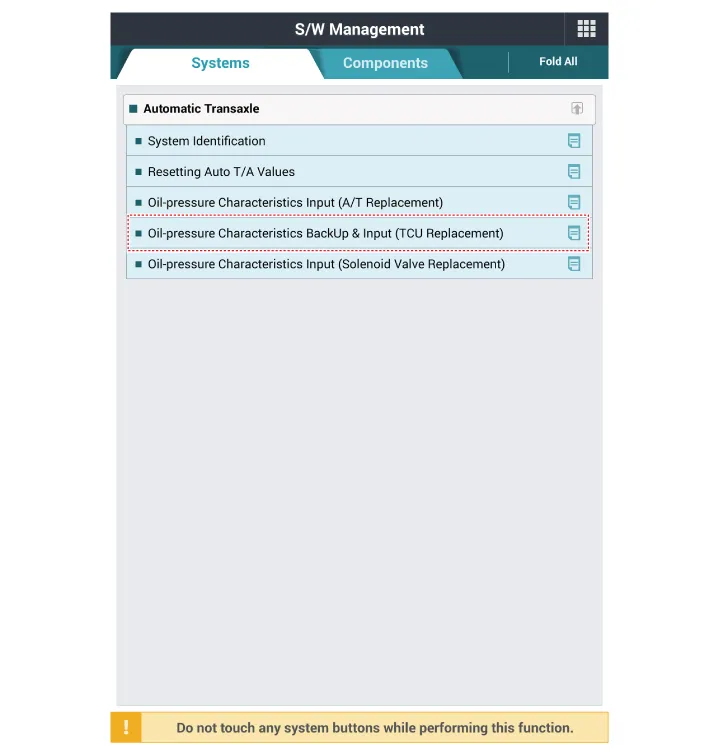
3.Perform the ECM-related procedures. (Refer to Engine Control / Fuel System - "Engine Control Module")
Other information:
Hyundai Accent (HC) (2017 - 2022) Service Manual: Position Switch
- Specifications ItemSpecification Power supply (V)4.5 - 5.5V Output typePWM (S1, S2), ON/OFF (Ps, Ns) - Component Location 1. Position switch2. Manual control lever - Circuit Diagram - Inspection • Inspect the connector thoroughly for looseness, poor connection, bending, corrosion, contamination, deformation, or damage.Hyundai Accent (HC) (2017 - 2022) Service Manual: Electric EGR Control Valve
- Description The Electric EGR Control Valve is installed in between the EGR cooler and the exhaust line and is a solenoid valve. This valve controls EGR (Exhaust Gas Recirculation) amount by the ECM's duty control signal depending on engine load and the need of intake air.The Exhaust Gas Recirculation (EGR) system is used to add the exhaust gas to intake air in order to reduce an excess of air and the temperature in the combustion chamber.
Categories
- Manuals Home
- Hyundai Accent Owners Manual
- Hyundai Accent Service Manual
- New on site
- Most important about car


